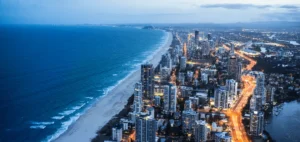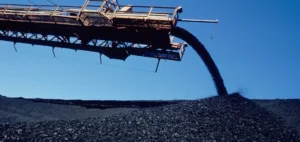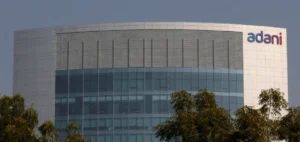Poland is preparing to implement a coal asset demerger model for its main state-owned enterprises within the next twelve months.
Minister of State Assets Jakub Jaworowski explains that the government is currently analyzing the situation of each coal production unit, rather than massively transferring all assets into a new entity.
This approach is intended to respond to pressure from the financial markets and clarify the future of the country’s energy companies.
The major Polish energy companies, notably PGE Polska Grupa Energetyczna SA, Enea SA and Tauron Polska Energia SA, are affected by this operation.
The profitability of their coal-fired power plants is declining, and banks are increasingly reluctant to finance companies exposed to coal.
A suitable solution is therefore crucial to stabilize their finances and maintain their market position.
Financial pressures and unit analysis
Fitch Ratings has warned that, without a clear strategy for coal assets, state-owned companies risk credit rating downgrades.
This could complicate access to financing and affect their ability to invest in forward-looking projects.
The Ministry of State Assets is exploring alternatives to the creation of a new entity, such as the National Agency for Energy Security (NABE), to manage the assets.
The current approach is to carry out a detailed analysis of each plant in order to decide whether to close, modernize or keep them in operation.
The challenge is to strike a balance between economic requirements and market constraints.
Too aggressive a coal phase-out strategy could destabilize the energy sector, while too slow action could exacerbate the financial difficulties of the companies concerned.
The government is therefore looking at “middle way” solutions to manage risks as effectively as possible, while moving ahead with the restructuring of the sector.
Implications for the Polish energy sector
This reorganization goes beyond simple asset management.
It is a strong signal to investors that Poland is ready to adapt its energy mix to the new economic realities.
Diversifying energy sources and reducing the share of coal are becoming priorities for attracting capital and modernizing the sector.
However, the Polish government must deal with complex realities.
The closure of coal-fired power plants could have significant economic and social impacts, particularly in regions dependent on this industry.
For this reason, any demerger plan must incorporate accompanying measures for workers and local communities, to minimize the negative effects on the regional economic fabric.
Short- and medium-term strategy
The future demerger model could include a combination of closures of obsolete units, modernization of existing infrastructure and financial restructuring of state-owned enterprises.
This approach would make it possible to manage the gradual withdrawal from coal without compromising the country’s energy security.
The decisions taken in the coming months will determine not only the direction of Polish energy policy, but also the competitiveness of companies in the sector on European markets.
The aim is to create an environment more conducive to investment, while guaranteeing a controlled transition for the national economy.






















